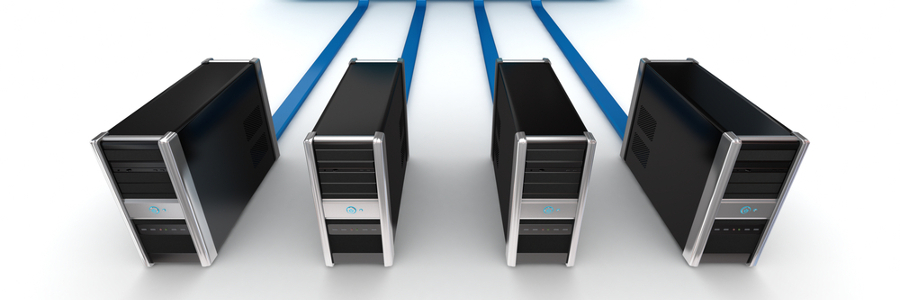As a small- or medium-sized business (SMB) owner, you need to stay on top of IT trends to get ahead. However, many new IT solutions are quite confusing. One of those is app virtualization. To clear up the confusion, here is a quick overview of what it’s all about.
- Columbus: (614) 702-7700
- Cleveland: (216) 393-2484
- Akron/Canton: (330) 685-9100
Blog
4 types of hackers that may target SMBs

When it comes to cyberattacks, most business owners get hung up on the technical and logistical details, forgetting another important aspect: motive. Why are hackers attacking people and organizations? And whom are they targeting? By answering these questions, you’ll have a better understanding of which of your business’s resources need the most protection.
Don’t let negative reviews ruin your brand
Web conversion made easy with 5 tips
Disaster recovery myths you can dismiss

Technology changes so rapidly. With disaster recovery (DR), we see business owners clinging to ideas that no longer apply. What kind of DR myths are still widely accepted by the masses? Here are three that need to be retired immediately.
Tape backups are the best DR solution
Backup tapes are physical objects that deteriorate over time.
Hyperconvergence: IT for SMBs

Routers, switches, modems, gateways, firewalls, servers, and storage devices — these are just some of the many machines you need to build a network infrastructure that enables effective internal and external communications. Even when pared down to serve fewer users, the costs of building a similar infrastructure were prohibitive for SMBs, at least until hyperconvergence came along.
Don’t let hackers fool you with these tricks
Which web browser is perfect for you?

The battle of the web browsers has raged on for years. While the classic rivalry between Netscape Navigator and Microsoft Internet Explorer has long passed, we are now facing a broader field of competition. There are currently four web browsers competing for space in your hard drive, and we've drawn up this list of their advantages and disadvantages to help you choose.
Choose from these 5 virtualization options
6 tips for SMB Facebook pages

Facebook isn’t worth over $480 billion because people use it for just selfies and political rants. Businesses of all sizes and from all industries are using it to attract and engage customers, and yours should too. Aside from purchasing targeted advertisements, there are a host of free strategies to generate business with your SMB’s Facebook page.






